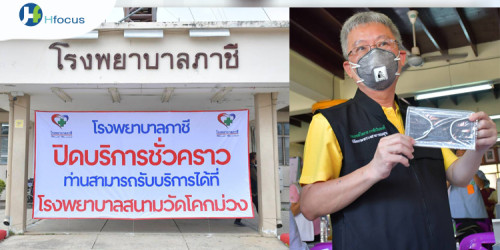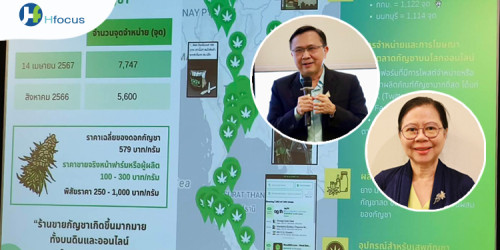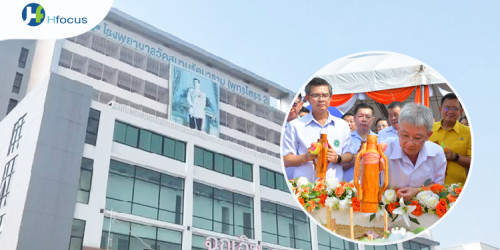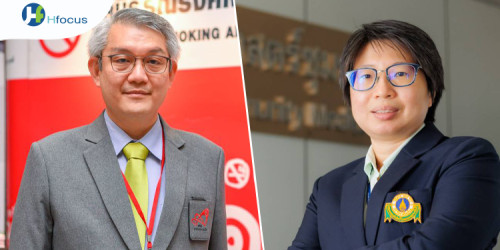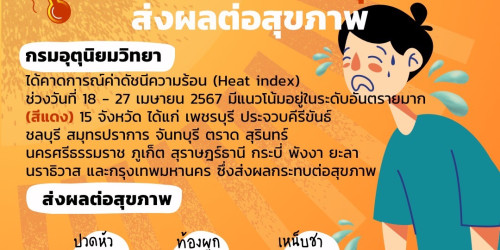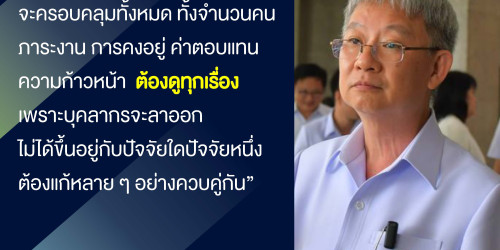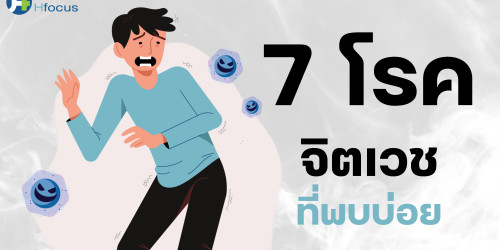Need for new medical schools seen to ease shortage of doctors in country
A large number of universities nationwide, including one private, are rushing to offer medical programmes, to address the severe shortage of physicians.
Nine universities have opened medical programmes over the past seven years, bringing the total number of universities with such programmes to 22.
More private universities are in the preparation stage, in close consultation with the Medical Council of Thailand, which has to ensure the programmes' stringent compliance with requirements given that the students will have to deal with life and death situations.
"It is necessary to open new medical schools to produce more doctors to ease doctor shortage in the country. Also, more doctors would support the government's medical hub policy aiming to attract people from Asean countries to undergo treatment in Thailand when the Asean Economic Community comes into effect," said Prof Somsak Lolekha president of MCT.
At present, Thailand has a total of 43,408 doctors, 17,164 of them working in Bangkok and 23,914 others in other provinces.
Due to budget constraints, the government is seeking assistance from private universities in producing new physicians. With the plan announced last month, Siam University was the latest university offering a medical programme in cooperation with Police General Hospital. It is the second private university to do so after Rangsit University.
With more players in the field, quality is of high concern, though.
"As more doctors are in need, I'm afraid that the quality would drop when old medical schools are forced to produce more physicians with the limited resources they have. We're going the right way of having the old schools assist the new ones to educate more students," Prof Avudh Srisukri, secretary-general of Consortium of Thai Medical Schools (CTMS).
Kriengsak Vacharanukulkieti, president of Rural Doctors Society, echoed the concern. "It is not an easy job to open a new medical school, especially for private universities, as a university starting to offer a medical programme has to have enough lecturers in science-related subjects, medical lecturers and facilities."
Avudh said the shortage of medical lecturers was a major obstacle. Paediatrician, pathology, forensic medicine and neurological surgery are among medical fields suffering a severe shortage of medical lecturers.
A few universities like University of Phayao, a new medical school which was first opened in 2011, could operate without outside assistance. It now has 70 students.
"We've provided enough resources and lecturers," insisted Mondhon Sanguansermsri, acting dean of School of Medicine. "Of the more than 70 lecturers we have, 10 are medical lecturers. We also have two state hospitals for our students to practise and intern. Apart from resources and lecturers, practice is our key to develop students. The more cases they do, they more proficient they will be."
Somsak of MCT added that these universities, which just stepped into the medical field, have shown improvement in general.
"MCT, as the agency responsible for assessing and controlling quality at medical schools, has its assessment teams inspect each new school more often compared to old schools, a few times a year. We've seen positive improvement," he said, adding that each school must explain its improvement plan clearly what it was going to improve and how it was going to do so. They also had old schools as their mentors to accelerate quality enhancement.
CTMS had assured quality by having all its members to follow its Education Criteria for Performance Excellence, which had the same standard as Thailand Quality Award's criteria. It was the toughest criteria among professional assessment criteria, said Avudh.
He added that more medical graduates from new medical schools had passed the licensing examination of MCT, which was national standard. "The percentage of those from many new schools who passed the exam was similar to the percentage of experienced schools, which was more than 90 per cent. Some new schools even reached 100 per cent."
Despite more players, the shortage of physicians would remain, particularly among rural hospitals, Kriengsak conceded. Though the number of doctors will increase, many of them would further look for jobs in cities for higher income.
He noted that if the shortage is the issue to be solved, the government might need to issue measures to ensure that new doctors are encouraged to work in the provinces.
Source: The Nation 18 December 2013
- 1 view

